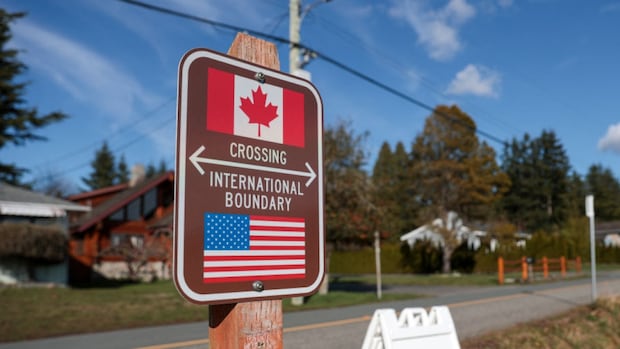Most of the retaliatory tariffs imposed by Ottawa on American goods earlier this year have been lifted, except for a few. Canada had imposed tariffs on U.S. goods worth $60 billion in response to American tariffs on various Canadian products. The tariffs were removed on Monday, except for those on non-CUSMA compliant goods such as steel and aluminum products to counter U.S. tariffs on these industries.
Prime Minister Mark Carney announced on August 22 that the tariffs would be lifted, citing them as a stumbling block in negotiations with the U.S. and in Canada’s economic interest. Canada-U.S. Trade Minister Dominic LeBlanc recently visited Washington to meet with U.S. Commerce Secretary Howard Lutnick, marking their first meeting since July. LeBlanc described the talks as constructive but mentioned that both countries are not close to reaching an agreement yet, although progress is being made.
Conservative Leader Pierre Poilievre criticized Carney for what he perceived as weakness in international negotiations. He described the removal of the counter-tariffs as another concession by Carney. Workers and producers affected by U.S. sectoral tariffs have also voiced disappointment over the removal of the counter-tariffs, emphasizing the importance of reciprocal tariffs to protect Canadian industries and workers during the trade war.
The trade conflict originated when U.S. President Donald Trump signaled intentions to impose new tariffs even before his return to the White House in January. Trump’s actions led to a series of tariff escalations between the U.S. and Canada, with both countries imposing retaliatory measures on each other’s goods. The situation escalated further with Trump doubling tariffs on steel and aluminum imports from Canada.
The ongoing trade dispute raises questions about potential violations of the CUSMA trade agreement. The disagreement revolves around Trump’s national security justifications for imposing sectoral tariffs and Canada’s responses. Legal challenges and negotiations are expected to determine the future of trade relations between the two countries, with uncertainties remaining about reaching a resolution in the near future.



